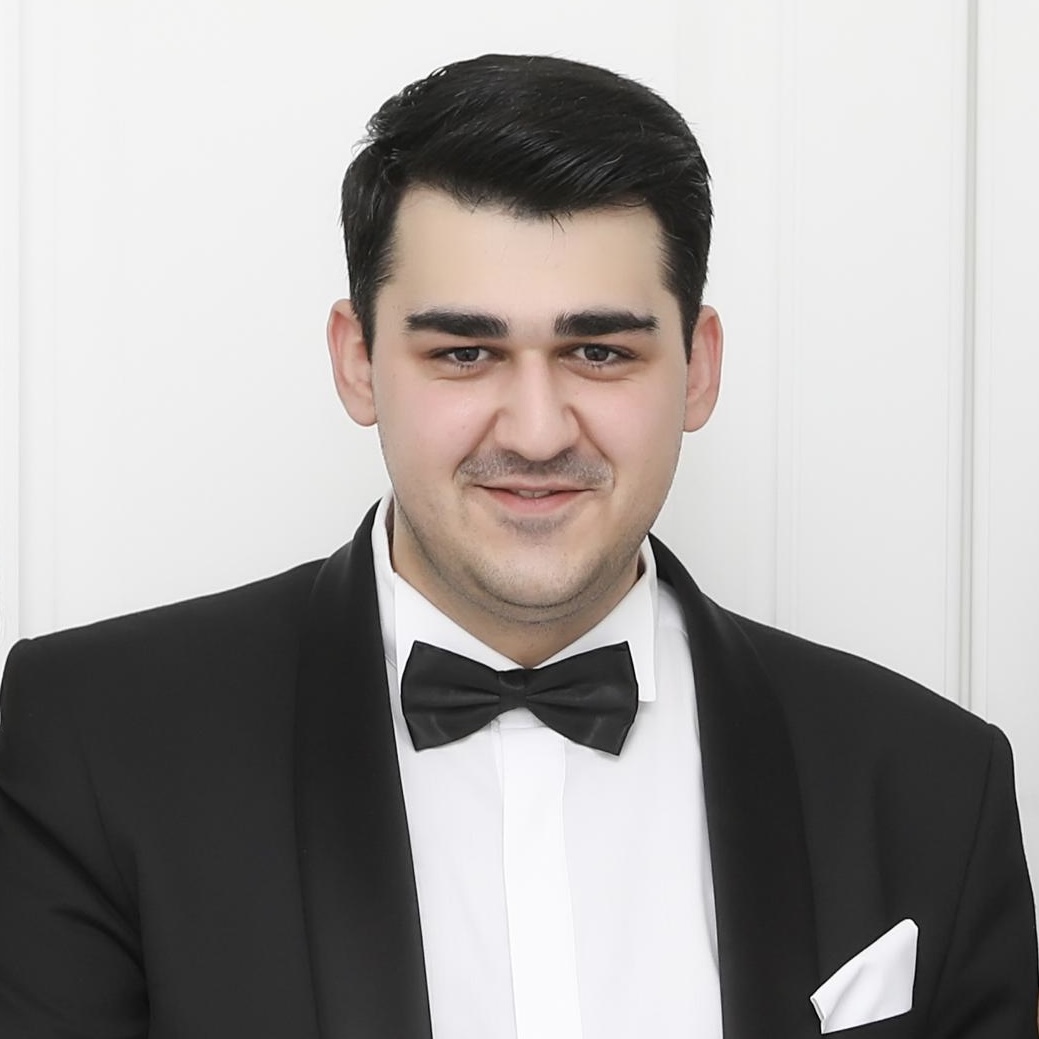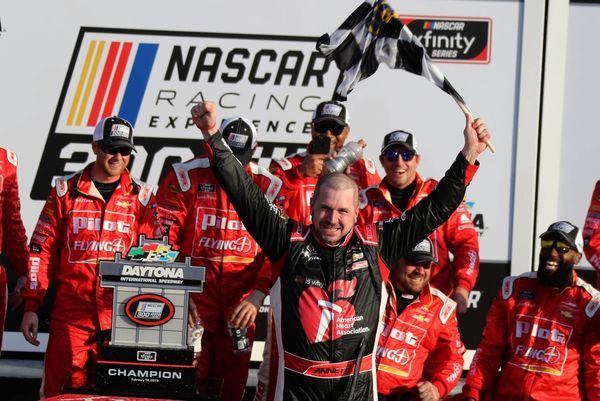At the intersection of entrepreneurship and consumer goods development, projects are born that can transform entire industries. In this field, the combination of intuition, strategic thinking, and the ability to see trends earlier than others is crucial. Erik Avetisyan is an extraordinary entrepreneur, a guru in the field of FMCG and alternative consumer goods, a person who broke through the wall of the traditional market and brought his brands to the top of the industry. He is a locomotive leading an entire team, the only national-level expert whose developments have received worldwide recognition. Today, he works at the cutting edge of the industry, shaping new standards of quality and business approach. In the interview, Erik spoke about his path, key projects, and which products will be in demand tomorrow.
Erik, how did your professional path begin and which stages do you consider defining?
— My story in business ran parallel with a career in architectural design of buildings and interiors. At that time, I participated in the creation of truly large-scale spaces, worked with public facilities, and already then began to realize how important user experience is: how comfortable it is for a person to be in a space, what emotion they receive, and whether they will want to share that experience. Over time, I transferred the same approach to the development of products in the FMCG segment. The principles are the same: you need to calculate whether it is convenient for a person to use the product, what impression it leaves, and how naturally it integrates into everyday life. When you combine and take into account many factors, products are born that a person cannot help but enjoy and wants to talk about. Gradually, all this led me fully into entrepreneurship, where I develop these ideas today.

Which projects would you single out as the most difficult and interesting?
— One of the first major business areas was the development of food distribution and alternative consumer goods. Together with my brothers, we built a system that combines several productions, our own brands, and partnership contracts with the largest factories in Russia, Armenia, Uzbekistan, and other countries. For example, the brand Sipan — Armenian canned and fruit-and-berry products that we brought into federal retail chains, including VkusVill. Another project is EcoFood, a producer of canned fish and ready-to-eat meals. Here, we introduced a unique cod liver processing technology that no one else in the world uses.
Your own brands have also become recognizable. Tell us about them.
— One of the strongest is the brand Pafos in the segment of innovative products for an adult audience. But what is important is that we did not just bring it to the market, we designed the product itself from scratch in the same way we used to design a building: from the external appearance to the sensations a person experiences when they first hold it in their hands. We ourselves dive into the development of molds, flavors, density, textures — that is, we create a product that already has characteristics built into it, thanks to which it will later be easier to sell. Essentially, even before the advertising slogans, we embed marketing into the very construction of the product. That is why Pafos reached turnovers of millions of dollars a year. A similar approach is used with Dr.Snack: we do not just make snacks, we construct the product — taste, shape, packaging, sensations. Plus, we take on everything from import and logistics to 3PL functions and working with retail chains.
You often work with foreign markets. How much does this change the strategy?
— Very significantly. For example, there is the Sipan brand, produced by a factory in Armenia. For the U.S. and European markets, it was not us who brought it out directly, but local distributors. Our company, ProSnack, sells this brand mainly in Russia and Belarus. This is a good example: the product may be the same, but the promotion strategy in different countries differs fundamentally. Somewhere it is important to adapt the flavor line, somewhere the interface of the packaging, somewhere the accents in branding. The leader is the one who can adjust the product to a specific market without losing its DNA.
Your business is family-run. How do you manage to maintain a balance between family ties and work processes?
— There are four of us brothers, and we are all deeply involved in the business. Each of us has our own area of responsibility, but we discuss strategic steps together at a kind of “round table.” And here, in fact, the family format does not interfere but helps, because we can look at the situation from four different perspectives and find a stronger, more precise solution. I would even say this makes us four times wiser, faster, and more adaptive in management. The main thing is that we respect each other’s competencies and maintain discipline: where we decided, there we carry it out — without personal grievances.
Which results do you consider the most indicative?
— We have brought dozens of brands into federal retail chains, and many of them literally started from scratch. A good example is a sunflower seed producer who initially wanted to enter the market under the name Lider (“Leader”). But in the snack segment, the leadership position was already taken, moreover, by another one of our distributors (sunflower seeds from Martin). We suggested changing the strategy and relaunched the product under the name DonSemi. After that, the product gained its own identity, became recognizable, and today is present in practically all key retail points. This is exactly the story that we are not just selling but building an entire ecosystem around the product — from positioning to distribution channels — so that the brand is not sold once but grows together with the market.
Your experience covers different sectors. What unites all your projects?
— Three things: attention to quality, the ability to anticipate trends, and the skill of building partnerships. Regardless of whether I work with food products, innovative devices, or design projects, it is always important that the final product inspires trust and makes people want to return to it again.
Which areas of FMCG will drive growth in the coming years?
— First, products with functional value: healthy nutrition, fortified foods, ready-made solutions for quick consumption. Second, personalized goods adapted to the lifestyle of specific consumer groups. And third, everything related to convenience: from packaging format to integration into online sales channels. Today’s consumer wants the product not only to be of high quality but also to organically fit into their life rhythm.
What do you consider your greatest achievement?
— Probably the fact that we were able to combine creative energy and business strategy. We create products that are not just sold but that shape a culture of consumption. This is a long journey, and I am sure the most interesting projects are still ahead of us.







